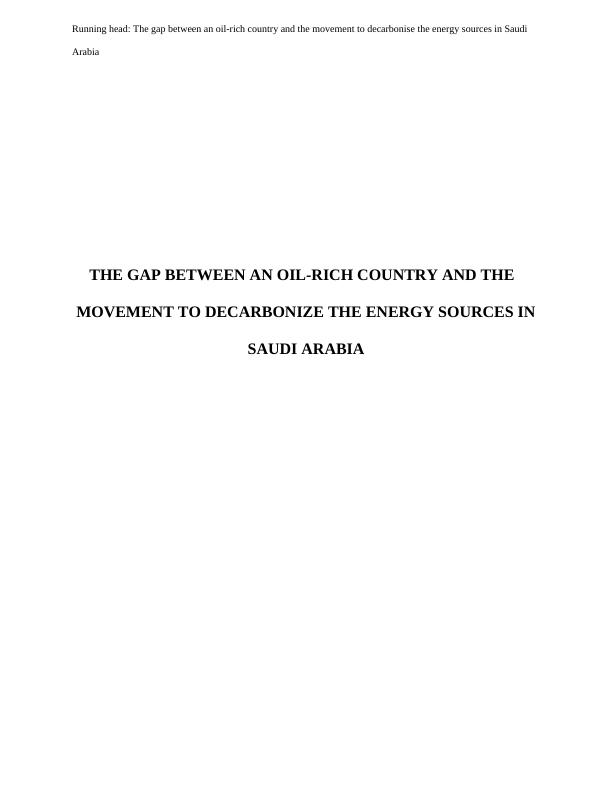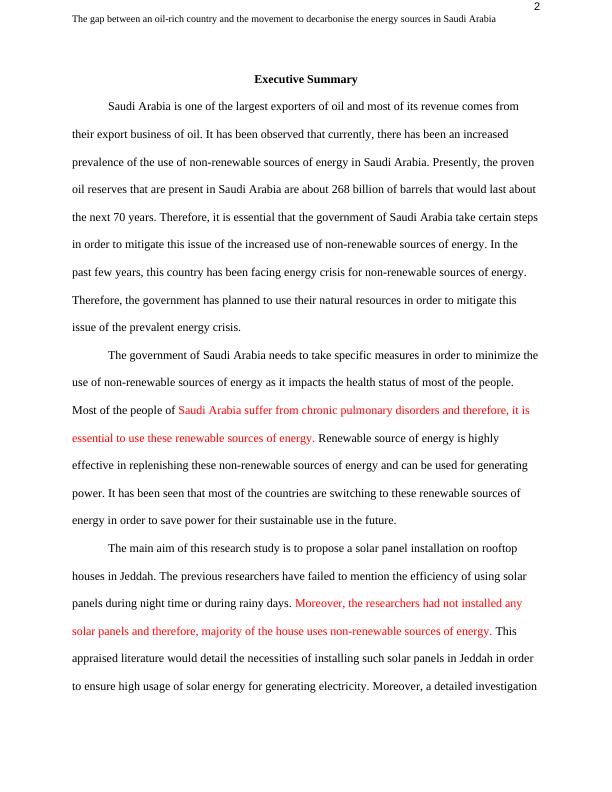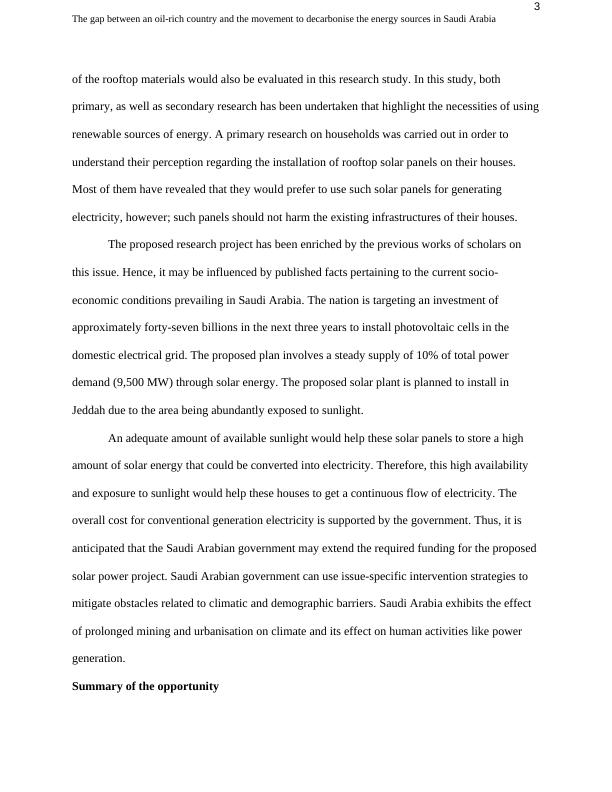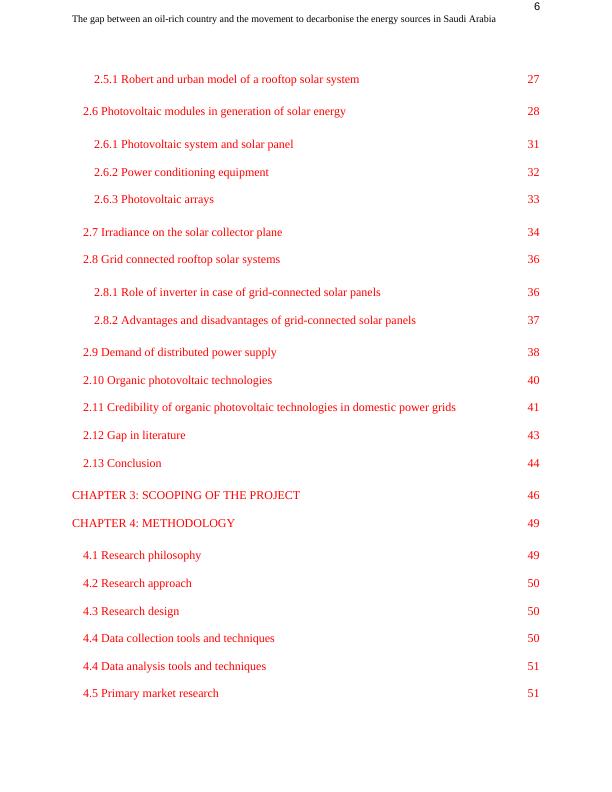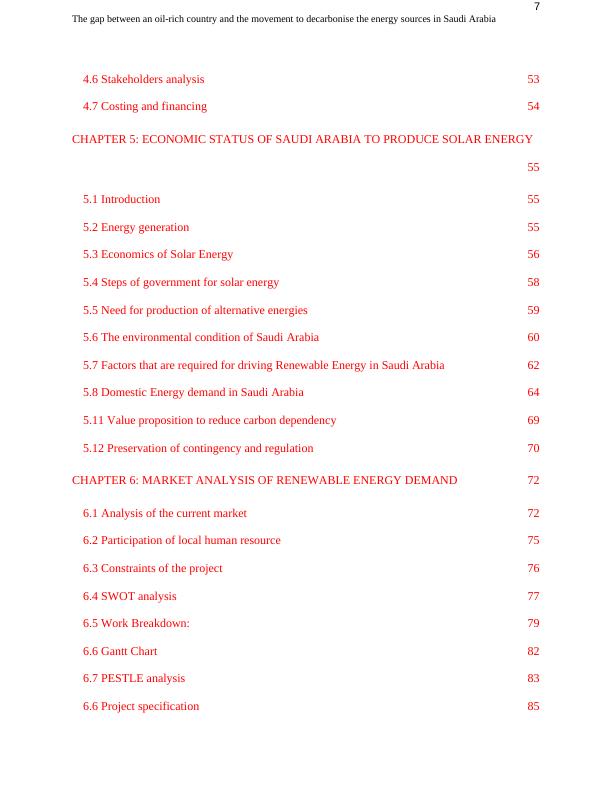The Gap Between an Oil-Rich Country and the Movement to Decarbonise the Energy Sources in Saudi Arabia
This is the Masters Project Handbook for the Renewable Energy Enterprise and Management course at Newcastle University. It provides information on the requirements and deadlines for the project, as well as guidelines for maintaining a project logbook and approaching external organizations. The handbook applies to the 2017/18 academic year only.
Added on 2023-06-10
About This Document
The Gap Between an Oil-Rich Country and the Movement to Decarbonise the Energy Sources in Saudi Arabia
This is the Masters Project Handbook for the Renewable Energy Enterprise and Management course at Newcastle University. It provides information on the requirements and deadlines for the project, as well as guidelines for maintaining a project logbook and approaching external organizations. The handbook applies to the 2017/18 academic year only.
Added on 2023-06-10
End of preview
Want to access all the pages? Upload your documents or become a member.

